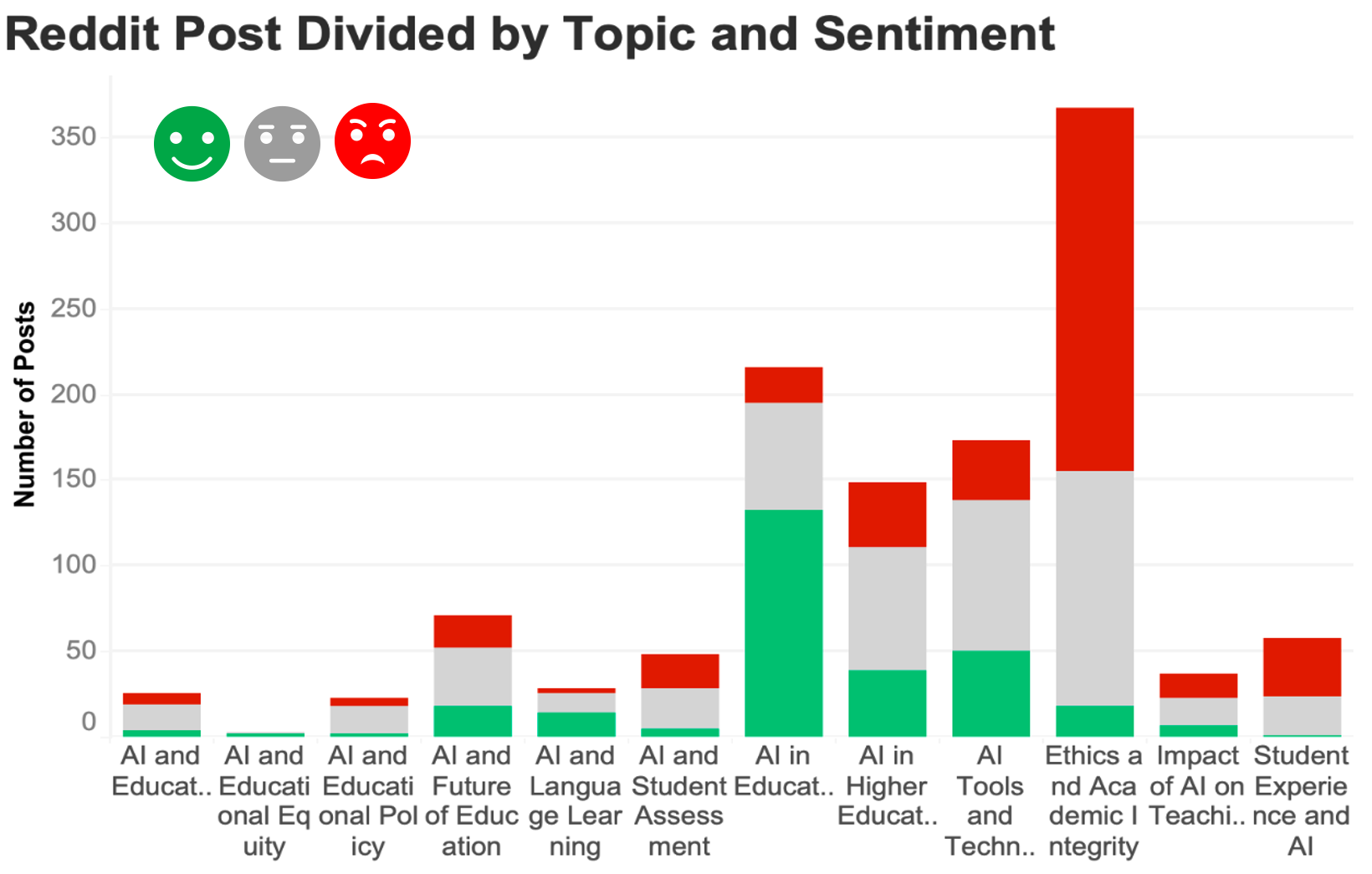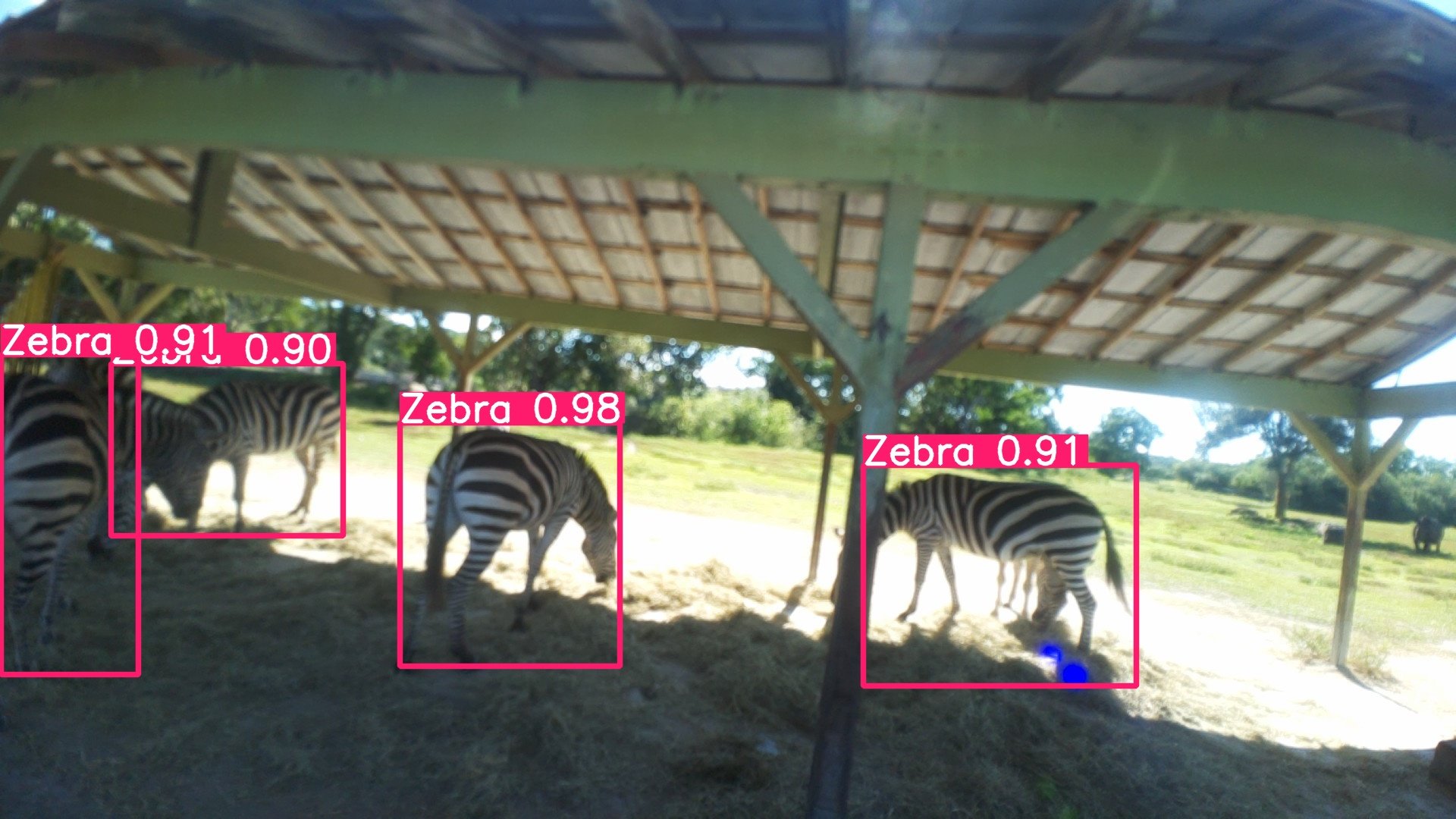Projects
FCM Reconstruction Refinement (ReRef)
Reconstruction Refinement (ReRef) is a tool for the ISO standard Feature Coding for Machines (FCM). It enables us to align the distribution properties of the reconstructed feature tensors close to the original feature tensor. We have experimentally demonstrated that by employing our proposed method of ReRef on the original & fused tensors, it is possible to achieve an average BD-rate improvement of -13.10% across all tasks simulated under the FCM Common Test and Training Conditions (CTTC), with negligible increase in encoder and decoder complexity.
VCM ROI-Packing

ROI-Packing is an innovative image compression method designed specifically for machine vision applications. This technique focuses on prioritizing regions of interest (ROI) that are essential for task accuracy, while efficiently discarding less relevant data. As a result, ROI-Packing achieves significant compression without requiring any retraining or fine-tuning of existing end-task models. Our evaluations, spanning across five diverse datasets and two key tasks (object detection, instance segmentation) demonstrate an impressive reduction of up to 44.10% in bitrate. At the same time, ROI-Packing boosts accuracy by 8.88% at the same bitrate when compared to the H.26x codecs used in machine-centric applications. ROI-Packing is a response to MPEG's Video Coding for Machines (VCM), where leading experts were invited to submit solutions for the development of an international standard.
GitHub: https://github.com/mlab-fau/ROI-Packing/
Data-Driven Approach to Integrating AI in Education Using Social Media Analysis

Generative AI (GAI) tools such as ChatGPT, Copilot, Gemini, and Claude have drastically reshaped education. GAI tools have impressive capabilities in areas like personalized learning, grading, language translation, and content creation. However, there are also concerns about negative effects on learning outcomes, including over-reliance on AI tools. Using social media data related to GAI tools in education, this study aims to equip stakeholders with understanding of attitudes towards this technology and data-driven recommendations on potential next steps in K-12 and higher education. We have found that while students and educators generally have a positive view of personalized learning with GAI technology, personal accounts from students and educators also reveal a concerning trend of dependency on fundamentally flawed AI detectors to assess student work. Moving forward, addressing this pressing issue should be top priority. Educational alternatives, such as in-class knowledge assessments or integrating AI into the learning process, should be urgently considered. Extensions based on the key findings of this study are currently being explored.
AI-Powered Smart Cameras for Advanced Wildlife Monitoring

The demand for a reliable, affordable camera trap designed for conservation biology, especially for tracking meso- and megaherbivores, is met by our development of a Smart Wildlife Camera with Artificial Intelligence and Machine Learning. The pricey, feature-rich commercial alternatives available today are subject to false triggers from environmental factors such as movement of vegetation. In addition, they frequently sustain damage in challenging field circumstances and encounter configuration issues during extensive deployments. With Artificial Intelligence and Machine Learning capabilities, this project offers a solid, low-cost design that can minimize false triggers, enhance usability, and save operational expenses. To simplify setup and lower human error, the design also accommodates batch configuration of software program where it handles the unique requirements of biodiversity monitoring and maintaining durability in harsh conditions.
Security & Privacy Issues in CV and DL

Adversarial attacks have emerged as a pivotal area of research in contemporary machine learning. This work is dedicated to understanding and developing strategies to mitigate these attacks, which involve crafting malicious inputs to deceive AI systems. The focus lies on evaluating and exposing vulnerabilities in deep learning models, particularly those employed in computer vision tasks. The research emphasizes both black-box and white-box adversarial attacks, devising methods that not only highlight the susceptibility of current models but also propose robust defense mechanisms. Experimental findings provide significant insights into enhancing model resilience, offering practical solutions for critical applications such as healthcare, autonomous systems, and cybersecurity. By addressing these pressing challenges, this research contributes to the development of safer and more reliable AI systems, advancing the field toward greater trustworthiness and robustness in deep learning and computer vision.

